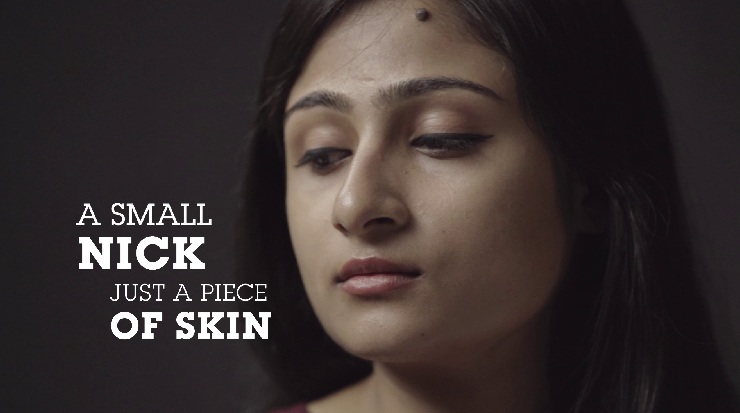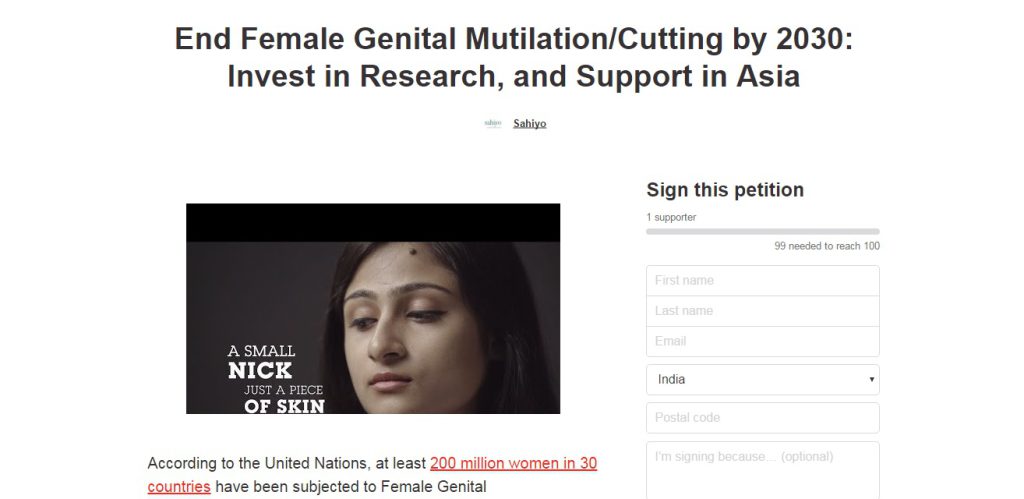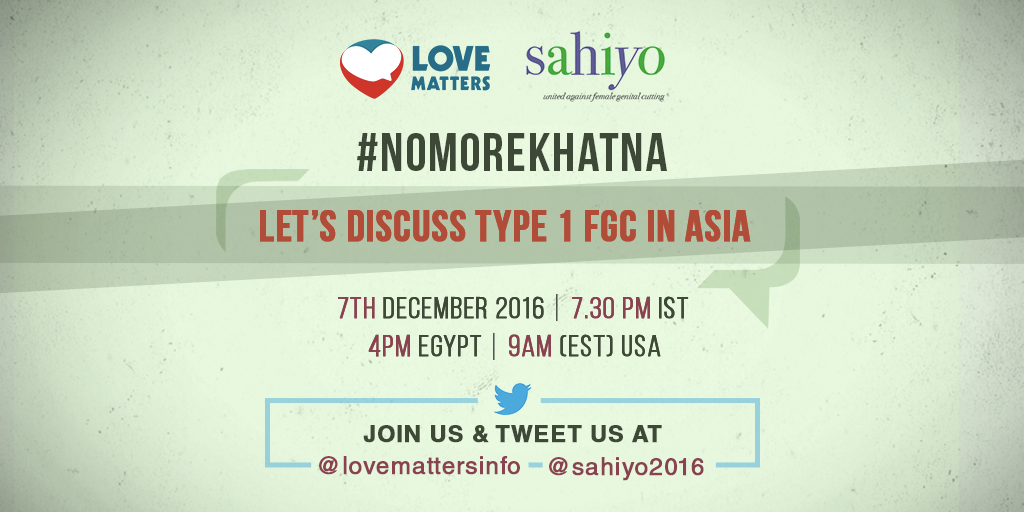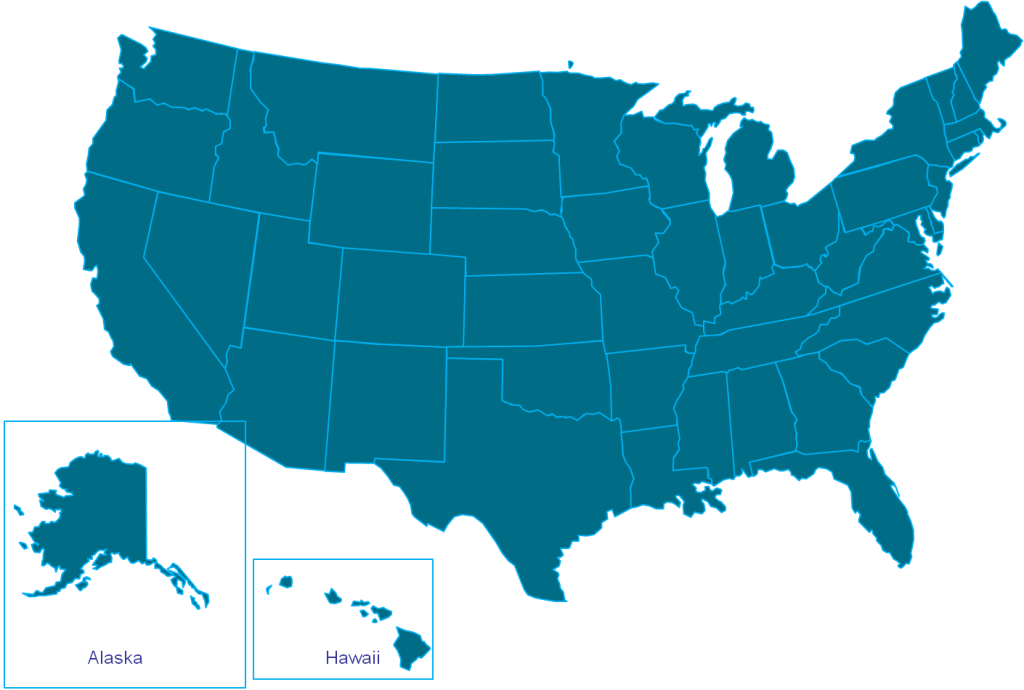Sahiyo’s petition to the United Nations needs your help

In December 2016, Sahiyo started a petition with Change.org to encourage the United Nations to invest in research on Female Genital Mutilation/Cutting in Asian countries. The petition proposes to end FGM/C worldwide by 2030, and Sahiyo needs the support of 7,500 petition signers to accomplish our goal. The United Nations reports that at least 200 million women have undergone FGM/C, but their data is mostly restricted to countries in sub-Saharan Africa. FGM/C is reported in many Asian, European, and Middle Eastern nations; however, there is a considerable lack of data from these countries, which means the global scope of the problem of FGM/C remains unknown. In the past year, cases of FGM/C in Sri Lanka, India, and other Asian countries have come into the light of the media and attracted the attention of government officials. The Indian Government’s Ministry of Women and Child Development told the Indian Supreme Court that there was no official data to support the prevalence of FGM/C in India. This ruling was a massive disappointment to activists and researchers who are working to bring more research and awareness to the prevalence of FGM/C in India and Asia. Asian countries have been excluded from the UNFPA-UNICEF Joint Programme to Accelerate the Abandonment of FGM/C. With more support for research initiatives, Asian countries can conduct research, bring further awareness to the issues within their countries as well as in the global context, and propose legislative change with qualitative backing. We need about 2,000 more signers to reach our petition goal. Click this link to help us advance our mission to eradicate FGM/C in Asia and worldwide! Help us spread the word by sharing our petition within your networks.
FGC Articles & Research in Other Countries
FGC in Asia: Female Genital Mutilation and Cutting in Asia Remain a Neglected Problem FGC in Asia and the Middle East Map Following our report, Facebook removes ‘Islamic Female Circumcision’ page promoting FGM Report on Female Genital Mutilation in Dagestan Sparks Controversy in Russia Factbox: The hidden cut: female genital mutilation in Asia UNESCAP: Harmful Traditional Practices in Three Countries of South Asia: culture, human rights and violence against women Courageous Alumna Speaks Out for Maldivian Women A Truly Global Effort is Needed to Eradicate FGM by 2030 Activist push for end to female genital mutilation Southeast Asia’s Hidden Female Genital Mutilation Challenge Asia Network to End Female Genital Mutilation/Cutting Consultation Report FGC in Australia: Women Speak Out on Female Genital Mutilation in Australia Genital mutilation convictions overturned after new evidence showing victims remain intact High Court to hear appeal on female genital mutilation and prosecutors’ push for retrial High Court upholds NSW genital mutilation convictions FGC in Canada: Canada lifts silence on FGM It’s Time for Canada To Play Its Part In Ending Female Genital Mutilation FGM, A Bitter Reality: Canada Needs To Do More Female Genital Mutilation in Canada and the Limits to Criminalization FGC in Colombia: Female genital mutilation in Colombia more common than assumed: UN ‘Cut with a blade’: Colombia indigenous groups discuss FGM FGC and COVID: Is the Pandemic Causing a Surge in Female Genital Mutilation FGC in Egypt: Egypt: The Law and FGM FGC and Islam: Islam and female circumcision Muslim doctors against female circumcision Debunking the Myth that Islam Requires Female Genital Circumcision Unmuting the Tabooed: FGM and Muslim Women’s Rights FGC in Indonesia: Increasing understanding of FGC in Indonesia: A field study by Islamic Relief Canada A Cutting Tradition Ending Female Genital Mutilation in Indonesia Ending FGM/C through Education and Community Engagement FGC in Iran: Ending FGM in Iran Needs International Support Female Genital Mutilation practiced in Iran, study reveals The Changing Paradigms of FGM/C Russian clinic in row over female genital cutting FGC in Iraq: Changing Perceptions to End a Harmful Tradition in Northern Iraq FGC in Malaysia: Review fatwa on female circumcision, Putrajaya urged DPM maintains that female circumcision is part of Malaysian culture Stop female circumcision, it has no medical benefit, says women’s groups Female Genital Cutting in Malaysia: A mixed-methods study Malyasia’s anti-FGM advocates: Leave our bodies alone Malaysian Public Attitudes and Perceptions towards Violence Against Women FGC in Oman: FGM Study in Oman Shows High Prevalence All Over The Country FGC in Pakistan: ‘Something has been taken away’: Pakistan’s well-kept FGM secret Lack of Data and Dialogue on Female Genital Mutilation in Pakistan Violated Hopes: My Struggle to Report on Female Genital Cutting in Pakistan I Asked Bohri Women About Their Practice Of Female Genital Cutting Or Female “Khatna” And Here’s What They Had To Say Why is it so difficult to talk about female genital cutting in Pakistan? Pak former minister to initiate drive against female khatna in India and Pakistan FGC in Philippines: Pag-Islam: An Exploratory Action Research on Female Genital Mutilation/Cutting Practices in the Bangsamoro Region, Philippines FGC in Russia: Female circumcision in Moscow clinic sparks ‘complete shock’ Russia Furore over FGM in mainly Muslim Dagestan Activists Call For Investigation Into Cases of Female Genital Mutilation, Saying It Would Be A First For Russia FGC in Saudi Arabia: New Study Showing Scale of FGM in Saudi Arabia Surprises Rights Activists FGC in Singapore: Local movement against female genital cutting turns to Ramadan bazaars to advocate its cause “A Tiny Cut”: Female Circumcision in South East Asia – An Overview of FGC in Malay community Female genital mutilation: The women fighting against Singapore’s hidden human rights violation Ultra-modern Singapore’s dark secret: female genital mutilation FGC in Sri Lanka: Sri Lank-Culture: Mothers Watch as Daughters are Circumcised Stop FGM Middle East: Sri Lank Harmful Traditional Practices in Three Countries of South Asia: culture, human rights, and violence against women Sri Lanka should Criminalise the practice of female genital cut, activist tells CESCR 61 Butter knife or sharp blade? Either way, FGM survivors in Sri Lanka want it to stop Female circumcision in Sri Lanka is ‘just a nick’, not mutilation: supporters Lawyers and activists urge Sri Lanka to ban genital cutting FGM/FGC Victims speak out FGM in Sri Lanka: It’s never ‘just a nick’ Sri Lankan Islamic Centre condemns ban on female circumcision as ‘affront’ Towards Understanding Female Genital Cutting in Sri Lanka FGC in the United Kingdom: UK Serious Crime Act 2015 Legislation – FGM Fact Sheet Female Genital Mutilation: Legislation, policy, and guidance Dawoodi Bohras in London Told to Stop Female Circumcision Calls For Compulsory School Teaching Of FGM UK Home Office Multi-agency statutory guidance on FGM The Female Genital Mutilation Survivors Teaches Victims How To Enjoy Sex Vagina surgery ‘sought by girls as young as nine’ Perception and barriers: reporting female genital mutilation
Invest in ending FGC in Asia: Why Sahiyo and 33 organisations are petitioning the U.N.

Dec 7: Join our Twitter chat on Type 1 Female Genital Cutting in Asia

Female Genital Cutting is practiced in many different ways, some less severe than others. But is a woman’s experience of such a ritual any less significant if the cutting was “mild”? Love Matters India and Sahiyo would love to discuss this question – and many others – with all of you in a Twitter Chat on Wednesday, December 7, 2016. Timings: The Twitter Chat begins at 7.30 pm IST (India and Sri Lanka) 9 am EST (US east coast) 4 pm in Egypt 10 pm in Singapore and Malaysia Here is how you can participate: Log into your Twitter account (or make one, if you are not on Twitter yet!) Follow the handles @lovemattersinfo and @sahiyovoices Respond to our questions and tweets about Type I FGC Remember to use the hashtag #NoMoreKhatna in all your tweets! Why this discussion is important: According to United Nations statistics, at least 200 million girls from 30 countries around the world have been subjected to Female Genital Cutting / Mutilation (FGC/M), a practice that involves cutting away varying degrees of the female genitalia. The World Health Organisation classifies FGC into four types, depending on how severe the cut is. For decades, activists, researchers, funders, and the media have focused mainly on Types II and III, the most severe forms of genital cutting. Type I, however, has often been overlooked. This form involves cutting the clitoral hood, and/or part or all of the clitoris, and it is prevalent in a number of Asian communities, including the Dawoodi Bohras and Malay Muslims. All too often, concerns about this “mild” form of genital cutting are dismissed as overreactions. “It is just a small nick, a small slice of skin,” we are told. “It is not the same as the mutilation done in Africa,” they say. We believe it is time to re-examine these notions about Type I FGC, to give voice to those who have been affected, and to recognise that even the least severe genital cuts are still a form of gender violence. And as a prequel to the Twitter Chat, do watch this video by Love Matters India and director Priya Goswami, featuring Bohra voices of resistance to Type I FGC: [youtube url=”https://youtu.be/A5F6OT5vwwY”]
New U.S. CDC Study Still Under Reports FGC in this Country

The U.S. Centers for Disease Control and Prevention recently released an updated report on the estimate of women and girls at risk or those who have undergone FGC living in the United States. To read the report, click here. Since the last official estimate in 1990 of how many people were affected by FGC, the number has grown to 513,00 – this number is triple the estimate from the 1990 figure. This increased figure is attributed to the rapid growth in the number of immigrants from FGC practicing countries living in the United States. Yet, these numbers are still an under-representation of the real number of women and girls who have undergone or at risk of undergoing FGC living in the United States. The report estimated this figure by applying country-specific prevalence of FGC to the estimated number of women and girls living in the United States who were born in that country or who lived with a parent born in that country. These countries included: Egypt, Ethiopia, Eritrea, Gambia, Ghana, Guinea, Kenya, Liberia, Nigeria, Senegal, Sierra Leone, Somalia, Sudan, Tanzania, Togo, West Africa, Yemen. However, at the global level recognition that FGC occurs in countries outside of the African continent has only recently become public knowledge. In the last few years, reports of FGC being practiced in India, Pakistan, Iraq, Singapore, Thailand, Malaysia, various place in Africa, as well as other developed countries where immigrant communities reside (United Kingdom and Australia for example) were not included in these estimates. This limitation to the study is mentioned in the CDC’s report. Regardless of this oversight in the estimate, the increased figure does validate the need for the U.S. government to provide more education and outreach to practicing communities living in the United States. The figure also points to the need to train social workers, medical professionals, lawyers, etc on the cultural complexities of FGC along with how to work with those women who have undergone this practice in a culturally sensitive manner.
All countries, NOW, required to track FGC for U.N. Sustainable Development Goals

For far too long, FGC has been misunderstood and misrepresented as only an “African” problem. Indeed, we hear terrifying stories about the practice of FGC and the horrific physical and mental consequences on women and girls from those countries. Yet, there has been a huge silence on the occurrence of FGC in other parts of the globe, including Asia. We are well aware that the practice occurs in India and amongst Diaspora Dawoodi Bohra communities around the globe. FGC is also known to occur in other asian countries such as Singapore, Malaysia, Thailand, Pakistan, amongst others. Just this past year, the United States conducted reported that around half a million women and girls are at risk of FGC in their country. Another 2015 report estimates that 137,000 women and girls are living with FGC in England and Wales. Recognizing the prevalence of FGC, world leaders for the first time have prioritized the elimination of FGC under the goal of achieving gender equality as part of the UN’s Sustainable Development Goals—a 15-year plan to help guide global development and funding in the “areas of critical importance for humanity and the planet.” To guide governments’ commitment to the goals, a UN expert group has proposed global indicators to hold states accountable. Prior to the implementation of U.N. Sustainable Development Goals, only “relevant countries” were asked to track this type of data. Meaning that the occurrence of FGC was only measured in 29 countries in Africa and the Middle East where UNICEF collected data. Thus for decades millions of other women and girls suffering from this ordeal who lived in countries not viewed as a “relevant countries” were ignored. However, now, we must commend the UN for recognizing the need to collect FGC data on a global scale as this will allow the UN to identify where else on the planet women and girls are affected and to what degree. A truly great step forward to bringing about an end to this form of gender violence.
